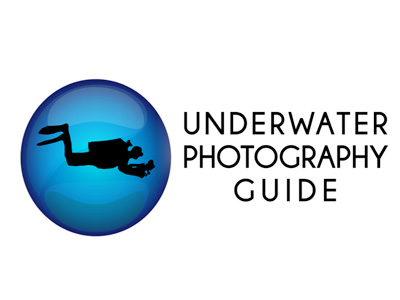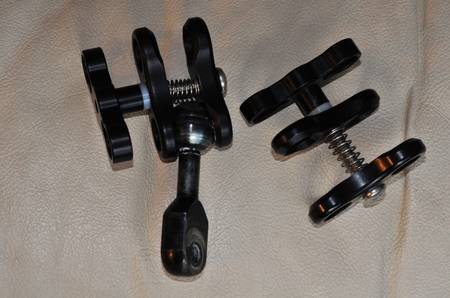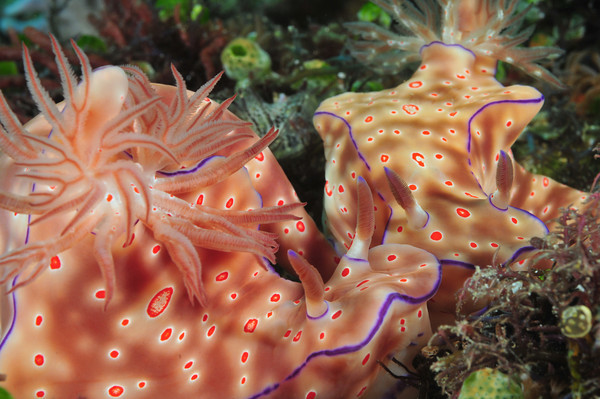
The importance of good Underwater Photography Equipment
When I go underwater to take photos, I want my equipment to work, to be easy to use, and not cost an arm and a leg.
Back in 2006, after shooting with a point and shoot camera for a while, I decided to upgrade. Did I want a more expensive point and shoot with wet lenses and two strobes? Or did I want a dSLR?
After lots of research, I decided that I was serious about underwater photography, and I bought a dSLR with 3 of the best lenses Nikon had – the Nikon 10.5mm fisheye, 60mm macro lens and 105mm VR lens, all brand new.
I also got 2 strobes, 4 arms and a bunch of clamps. I placed my order on March 20th, 2007. Thinking I could save money, I bought from a company known for discount products.
This is what the saleperson wrote to me:
“They are very, very close to ultralight’s weight, equal in quality and half the price.”
The person who sold me the arms and clamps is not a bad person, and usually had great advice. But in this instance he turned out to be quite wrong.
Now I’m not afraid of a bargain, and this company made one of the best lights out there imho, and they had other good equipment. I probably saved between $100 and $200 total.
But after just a few months, the clamps were completely froze up and not working. All of them. Cra*p! The rubber rings around the clamps were shot. I had to use 2 pairs of pliers to remove them from the arms.
I repurchased everything from Ultralight Control Systems, ULCS. Hundreds of dives later, the arms and clamps are holding up perfectly. My strobes are easy to move around underwater, and I can always get the lighting I want.
Don’t underestimate the importance of good ergonomics in your strobe arms. I often adjust my strobes for each subject, and change between front, side and back-lighting.
It’s nice finally having clamps that work
Here’s my tips for choosing arms and clamps:
-
Buy high-quality arms and clamps that you last you for a long time. This is one area where it’s not worth saving the money, I found out the hard way. (There are lots of other products where you can save money though!)
-
Get two arms on each side. I suggest an 8 inch arm and a 5 inch arm, with 3 clamps. Start off with one strobe, and add a second strobe if you an afford it. The reason for the 2 arms is so you have flexibility for moving your strobe is all different positions. This is important whether you are shooting macro, fish, or wide-angle. With this 2-arm setup, I’m ready for supermacro, wide-angle or anything in between, so I never have to mess with my arms.
-
Be wary of arms and clamps from housing manufacturers. I’ve used many setups with arms and clamps that came with their housing – these are often high-end compact camera setups. I couldn’t believe how difficult it was to move the strobe around underwater – no wonder why my friends weren’t varying their strobe positions!
-
Don’t be afraid to experiment underwater – get a good understanding of exposure, lighting, hot spots and backscatter, and then have fun!
Photo taken while diving in Anilao, taken at F18. Photo by Scott Gietler. When you have two strobes you can position yourself easily, getting the lighting you want becomes easy. Look at the shadows on the nudibranchs and see if you can figure out where my strobes were.
Further Reading
Underwater Photography Equipment
















